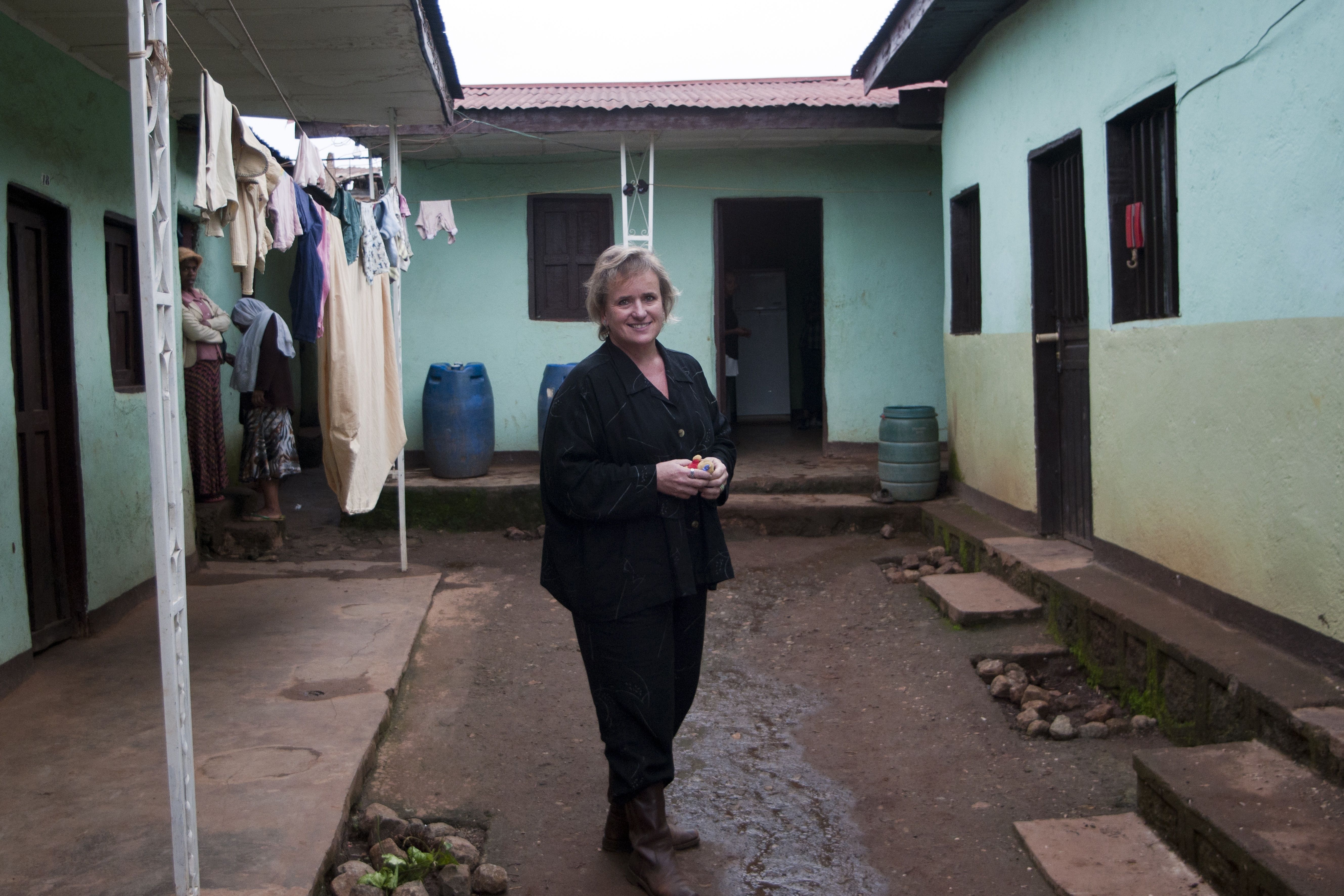In 2009, a documentary by the Australian Broadcasting Corporation, “Fly Away Children,” created an uproar in the adoption world. The documentary focused largely on one prominent U.S. adoption agency working in Ethiopia, Christian World Adoption (CWA), and led to widespread accusations of “child harvesting”—a recent term describing the recruitment of children for international adoption from intact families.
In the documentary, a woman working with CWA (though not a staff member) was shown asking families assembled in a remote, rural village whether they wanted their children to go to the U.S. In the wake of the report, a number of birth families in Ethiopia contend that they had not understood the full meaning and permanency of adoption, but had considered it a temporary educational opportunity for their children, who would then return home to help support the family. According to experts working on adoption in Ethiopia, the documentary was a key part of the reason that the Ethiopian government began to tighten oversight and regulation of its international adoption program in the past year. But experts also say Christian World Adoption was singled out for practices that have been common to many of the scores of agencies operating in the country—finding children for international adopters able to pay $20,000 to $30,000 in adoption fees.
Two years later, Christian World Adoption, which vigorously refuted the implications in the documentary and a subsequent U.S. investigation by CBS News, remains one of the top adoption agencies in the country, and works in partnership with several orphanages in Ethiopia’s Southern Nations, Nationalities, and People's Region (SNNPR). The region, one of the country’s nine ethnically-based provinces, has had one of the highest rates of sending children for international adoption, a prevalence that has helped lead to a province-wide adoption freeze pending the results of a government investigation into adoption practices in the region.
The impact of the freeze on adoption-related facilities in the region may be an indication of a broader future trend in the country, as adoptions are set to slow down nationwide. Many orphanages in Ethiopia have close relationships with the agencies that facilitate international adoptions from the institutions, with orphanages receiving a set amount of support for every child adopted from the home. In a tour of an orphanage supported by CWA in the SNNPR city of Soddo, orphanage director Stephne Bowers discussed the economic impact of the freeze. CWA is continuing to support its Soddo orphanage, Bowers said, despite making no adoption income. But she’s looking at other sources of financial support for the future.
“We can’t hang our hats on adoption,” said Bowers, while giving a tour of the site for a planned new children’s home and community center that may feature a guesthouse for short term mission groups or other volunteers to generate alternate income.
In a country where adoption has become an industry that includes numerous sub-businesses—from hotels and guesthouses for adoptive parents, to drivers and tour guides catering particularly to adopters—changing regulations could have a trickle-down effect on a number of dependent businesses. While Bowers’ mission-guesthouse model may not proliferate, adoption experts agree that the economic picture for agencies and dependent orphanages is likely to shift as Ethiopia’s adoption regulations change, and the agencies most likely to survive will be those that can find other sources of support besides hefty adoption fees.
